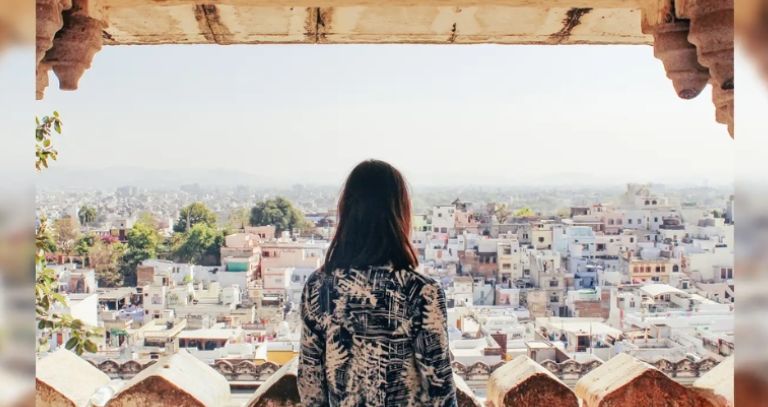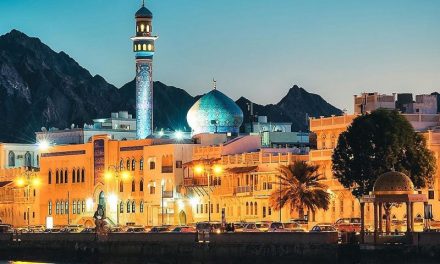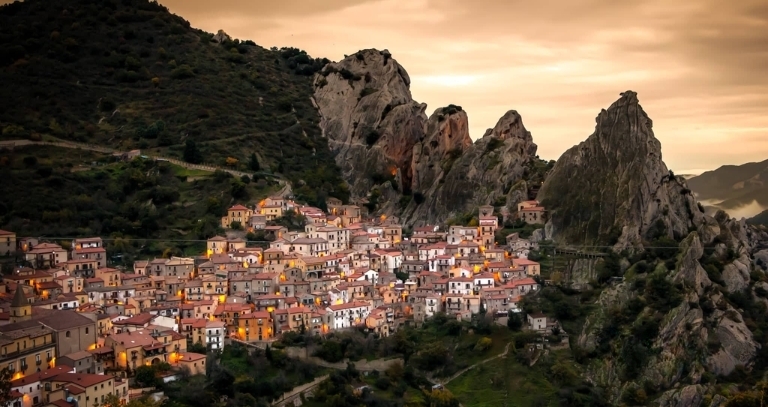Radioactive Tourism: Strange, Powerful Places That Draw the Brave
Call it curiosity or genuine interest in history, nuclear test sites, radioactive mines and disaster zones have always garnered our attention. Some of you even wish for a unique vacation experience and explore the regions others can’t imagine to step into. Nuclear tourism or dark tourism is gaining popularity these days. If you are tired of walking by the beach or hiking in the mountains, why not travel places that are as calm as the ocean but have a deep and shocking history behind them? There are many phenomenal sites scattered throughout the world to have that ‘experience of a lifetime’, choose your pick from these radioactive destinations that are cloaked in secrecy since forever. Here are five distinct places to explore that are uncomfortably comfortable to travel.
1. Radioactive Mary Kathleen Uranium Mines, Australia
Once a major uranium supplier in Queensland, Mary Kathleen is now an abandoned mining area.
-
You’ll see a greenish pit filled with water that has turned blue over time, thanks to minerals and rock chemicals.
-
Radiation here is above background levels, so don’t swim or drink from that water.
-
But, with care, four-wheeling around the site offers hauntingly beautiful photo opportunities.
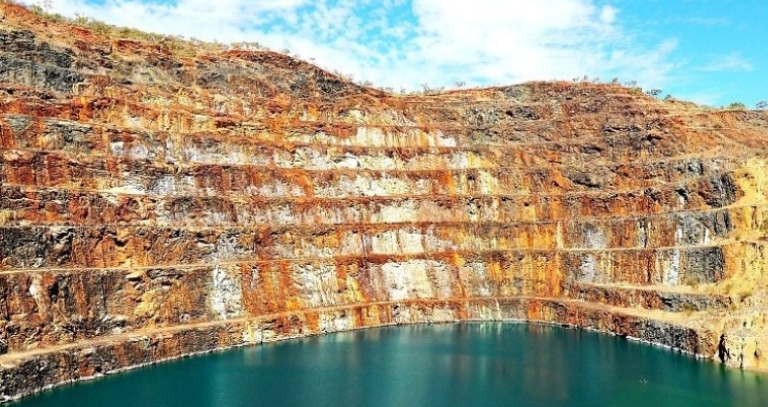
2. Radioactive Site: Los Alamos, New Mexico, USA
Lauded for its scientific and historical importance, Los Alamos was central to the Manhattan Project.
-
Today, it feels peaceful: manicured gardens, walking trails, and museums such as the Bradbury Science Museum.
-
You can explore remnants of the atomic era, while also enjoying the high mountain views.
-
Expect well-maintained infrastructure and safe access to trails.
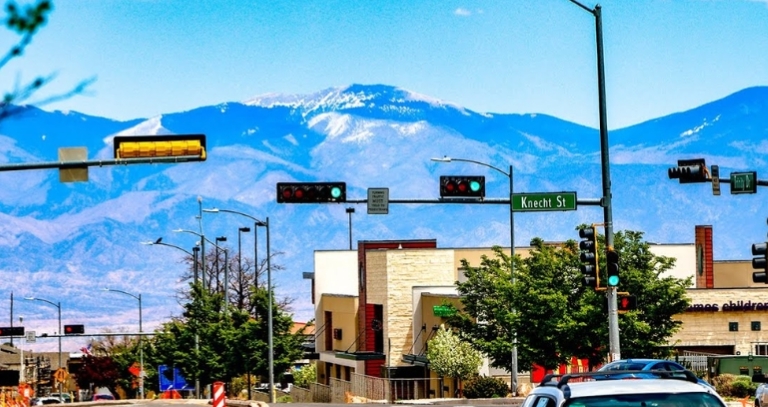
3. Chernobyl, Ukraine: A Radioactive Destination
Perhaps the most well-known radioactive site in the world.
-
The 1986 disaster left the reactor 4 reactor, nearby sarcophagus, and the ghost town of Pripyat frozen in time.
-
The Ukrainian government reopened parts of the area for tourism when radiation levels dropped to “negligible” in safe zones.
-
Tours allow you to learn, reflect, and imagine what happened here—with caution about restricted areas.
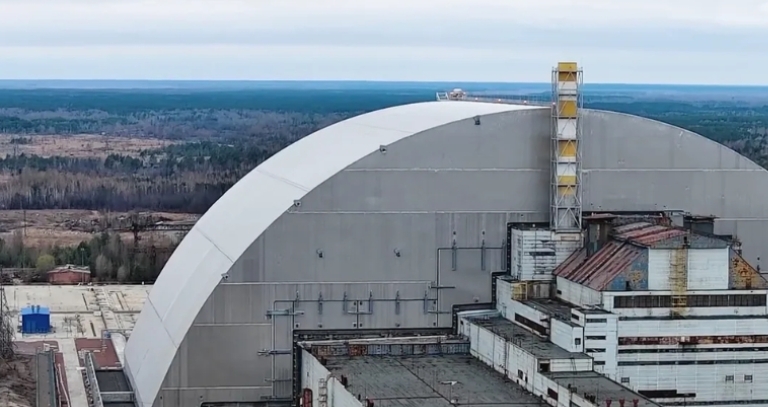
4. Free Enterprise Radon Health Mine, Montana, USA
Yes, it sounds wild—and it is.
-
This is a working “health mine,” where visitors descend underground (about 26 meters) to breathe radon-rich air for brief therapeutic purposes.
-
Exposure levels are very high, so sessions are short.
-
If you’re interested in unusual wellness tourism, this one’s an experience.
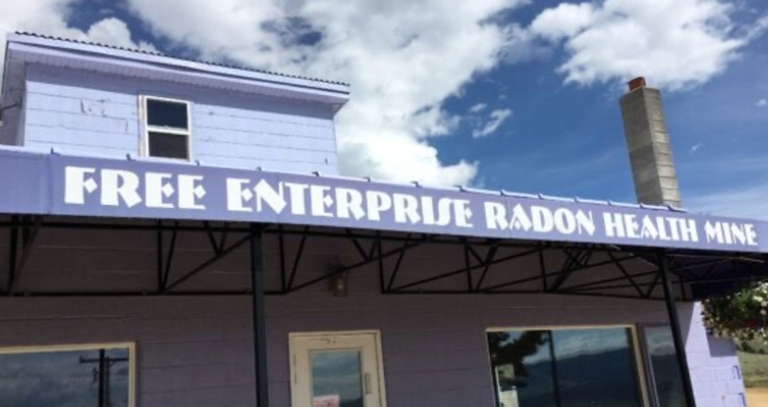
5. Hiroshima, Japan
Hiroshima isn’t radioactive today—but its history still echoes.
-
After the atomic bomb in 1945, the city rebuilt with determination. Now it hosts the Hiroshima Peace Memorial and museum.
-
Radiation levels no longer threaten visitors, making it a reflective site more than a dangerous one.
-
Walking through Hiroshima’s memorial park and castle, you feel both sorrow and resilience.

